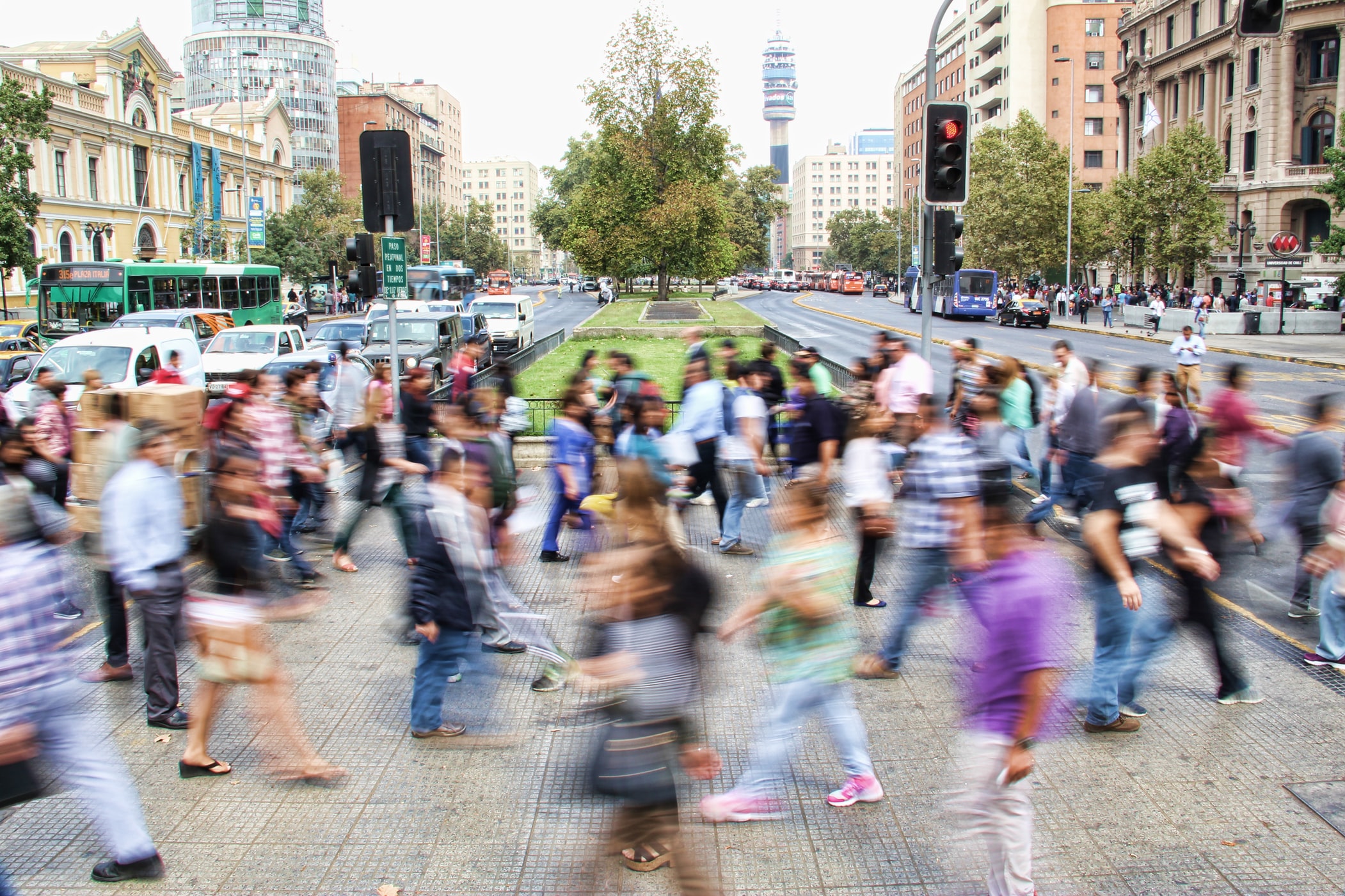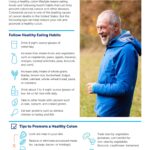Rumors and misconceptions about the novel coronavirus spread almost as rapidly and insidiously as the virus itself. The symptoms of this infection include panic, confusion, needless anxiety. Paradoxically, a lack of good information may also produce a false sense of security. When discussing coronavirus, ‘how is it spread?’ is almost as important a question as to how to treat it. The fewer people who pick up the virus, the better. How is coronavirus spread?
What is coronavirus?
‘Coronavirus’ is a general term used to talk about a large family of viruses. The name comes from the Latin word for ‘crown’. The virus responsible for the 2019 outbreak and the ensuing pandemic is called severe acute respiratory syndrome coronavirus 2, or SARS-CoV-2. The disease caused by the virus is COVID-19.
Coronaviruses are responsible for many different ailments. The 200 or so viruses responsible for the common cold include coronaviruses. A coronavirus was responsible for the SARS outbreak in 2003. The pandemic of 2019 and 2020 has been more severe, partly because the disease is more dangerous and partly because SARS-CoV-2 spreads more quickly than other coronaviruses.
How far has the coronavirus spread?
SARS-CoV-2 has now spread throughout the globe. Although some regions may report few or no cases, it should not be assumed that those numbers are accurate unless widespread testing has been performed. Because SARS-CoV-2 causes very similar symptoms to other viruses or may produce no symptoms at all, it is impossible to know if someone has it or not without testing. The number of cases that a particular region reports may be lower than the actual number if accurate testing is not available.
How does coronavirus spread?
Coronavirus is easily spread between people. It is transmitted mainly by person-to-person contact, including many everyday activities. Because it’s a respiratory virus, one that takes up residence in the lungs, nose, throat, etc., SARS-CoV-2 can be found in the droplets of moisture that people breathe out. We think of coughing and sneezing as ways in which viruses can be spread. This is correct, but this coronavirus can also be spread through normal respiration. Every time we exhale, we breathe out a fine mist of water vapor. If someone happens to be carrying the virus, this vapor contains enough of the virus to infect others. The transmission of infections via sneezing, coughing, and exhalation is known as droplet transmission. Staying six feet (two meters) apart is enough to make sure that ordinary breathing can’t transmit the virus; however, coughs and sneezes send droplets much further.
SARS-CoV-2 can also be transmitted even if the carrier never encounters the infected. How is the coronavirus spread without person-to-person contact? Well, this virus can continue to be viable for many hours after it leaves the body. If the virus is transferred to a surface, it can remain there long enough to be picked up when someone else touches the object. The virus can then remain on the person’s skin and may enter their body if they touch their eyes, nose, or mouth. The virus can also be spread via contact such as hugs, kisses, and even handshakes.
Reducing the rate of infection
How is the coronavirus spread limited? Hygiene is essential. Because the virus can be picked up on your hands and then transferred to your mouth or nose, you should avoid touching your face unless your hands are clean. Using hand sanitizer is good. Washing your hands with soap and water for at least 20 seconds is even better.
One of the most important measures we can all take is social distancing. During an outbreak of SARS-CoV-2, people should avoid public spaces if at all possible. It’s best to stay home and work remotely where that’s an option. If you need to leave your home, stay six feet away from other people, and clean your hands regularly. Wearing a face mask won’t necessarily protect you from the virus, but may protect others if you’re infected.
An outbreak of SARS-CoV-2 or another infectious disease is scary and distressing. Try to remain calm and optimistic. If you’re feeling isolated, try to connect with friends and family through phone calls, video chats, and text chats.
Tap for recommended posts on the tags you don’t follow





